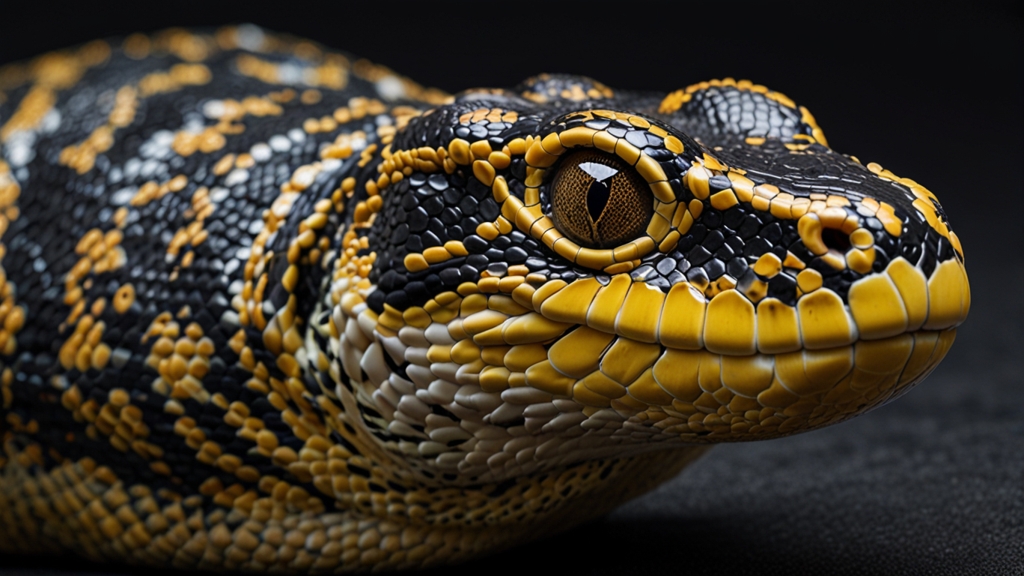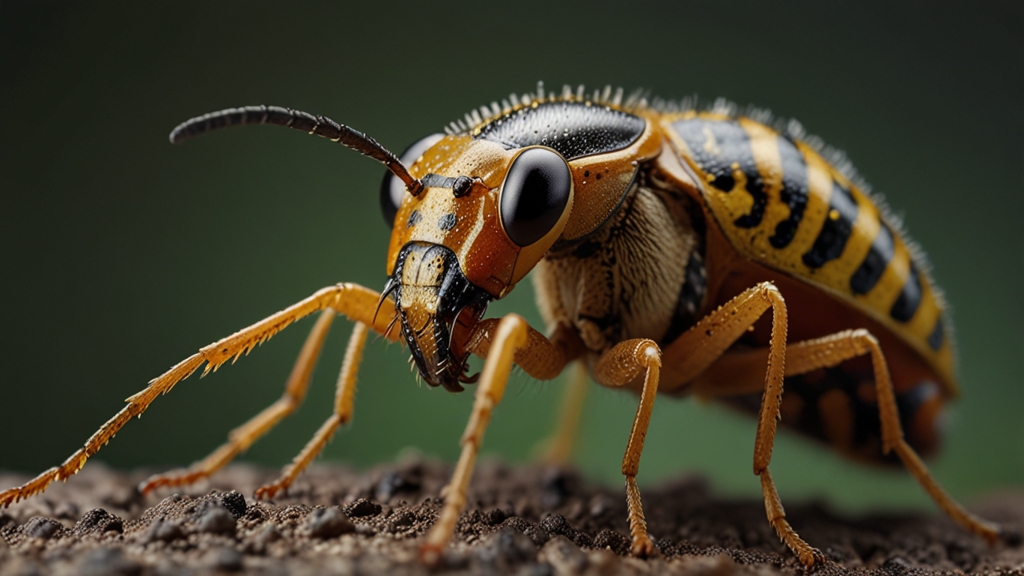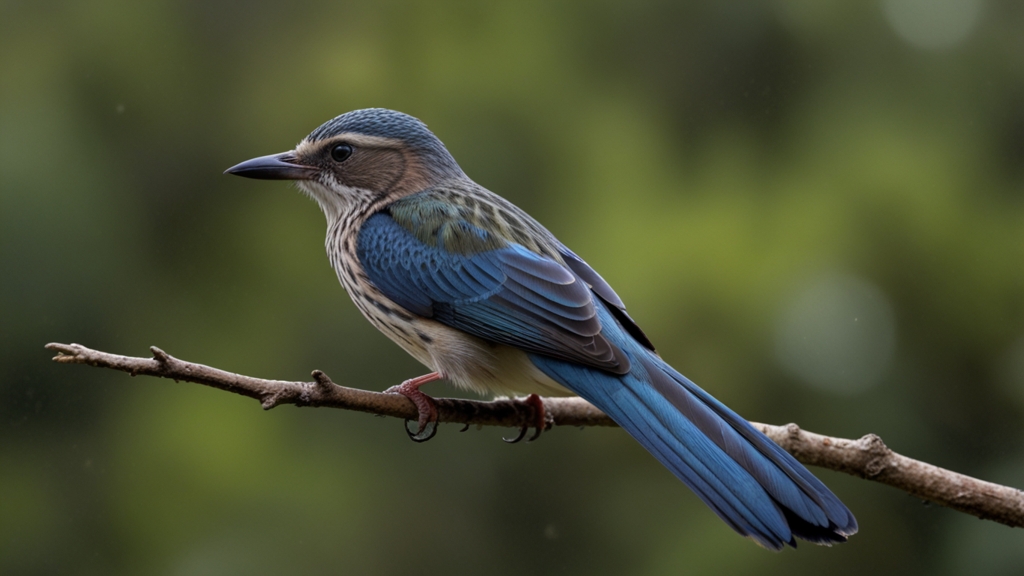From the Brink: Incredible Comebacks of Endangered Species
The delicate balance of our planet's ecosystem is often teetering on the edge, with numerous species facing the threat of extinction due to various human activities and natural phenomena. However, there are incredible stories of resilience and hope, where species on the brink of extinction have made remarkable comebacks thanks to concerted conservation efforts. These success stories demonstrate the positive impact of human intervention and give us a roadmap for future conservation initiatives.
California Condor: A Soaring Success
The California condor, North America's largest land bird, experienced a severe population decline in the 20th century due to habitat loss, lead poisoning, and hunting. By 1982, the population had plummeted to a mere 22 individuals. Desperate to save the species, conservationists captured the remaining condors and initiated a captive breeding program.
Years of dedicated efforts bore fruit, and by 1992, the first captive-bred condors were released back into the wild. Today, the population of California condors stands at over 400, with more than half of these majestic birds soaring freely in the skies of California, Arizona, Utah, and Baja California.
"The success of the California condor recovery program is a testament to what can be achieved through collaboration among conservationists, government agencies, and local communities." - Jane Smith, Wildlife Biologist
Giant Panda: From Endangered to Vulnerable
Few species are more iconic than the giant panda, yet their survival has been precarious. Habitat destruction and low birthrates severely threatened their existence, with the population dwindling to under 1,000 individuals in the wild by the 1980s. Intensive conservation efforts in China, including habitat preservation, anti-poaching measures, and a successful captive breeding program, have played a significant role in their recovery.
In 2016, the International Union for Conservation of Nature (IUCN) reclassified the giant panda from "Endangered" to "Vulnerable," reflecting a population increase to around 1,800 individuals in the wild. This milestone highlights the importance of habitat protection and international cooperation in species conservation.
"The giant panda's recovery is not just a victory for China but a symbol of hope for the world. It shows that with determination and effort, we can protect and restore our natural heritage." - Li Wei, Director of Conservation Biology at Sichuan Nature Reserve
Humpback Whale: An Oceanic Comeback
Humpback whales, known for their enchanting songs and massive migrations, were once hunted to the brink of extinction. In the early 20th century, commercial whaling decimated their populations, reducing their numbers by thousands. The international community responded by enacting a ban on commercial whaling in the 1960s, allowing humpback whales the chance to recover.
Decades of protection have paid off. Current estimates suggest that there are now over 80,000 humpback whales around the globe, a stark contrast to the population lows experienced during the peak of whaling. These gentle giants of the ocean are now frequently sighted in many parts of their historical range, delighting whale watchers and contributing to oceanic biodiversity.
Black-Footed Ferret: A Prairie Revival
Once thought extinct, the black-footed ferret's story is one of rediscovery and resilience. This small member of the weasel family, dependent on prairie dog colonies for survival, faced near extinction due to habitat destruction and disease. In 1981, a small population was discovered in Wyoming, sparking an intensive captive breeding and reintroduction program.
Through the combined efforts of federal, state, and private organizations, black-footed ferrets have been reintroduced to over 30 sites across North America. Today, their population stands at nearly 500 individuals, a testament to the power of coordinated conservation strategies.
"The revival of the black-footed ferret is a beacon of hope for other endangered species. It shows that with innovative approaches and persistence, we can bring species back from the brink." - Dr. Tom Johnson, Conservation Ecologist
Conclusion
The incredible comebacks of these endangered species are more than just isolated success stories; they are examples of what is possible when humanity comes together with a shared purpose of conservation. While challenges remain, these narratives inspire us to redouble our efforts in protecting the diversity of life on our planet. By learning from these successes and continuing to innovate in conservation strategies, we can ensure that more species have the chance to flourish once again.









